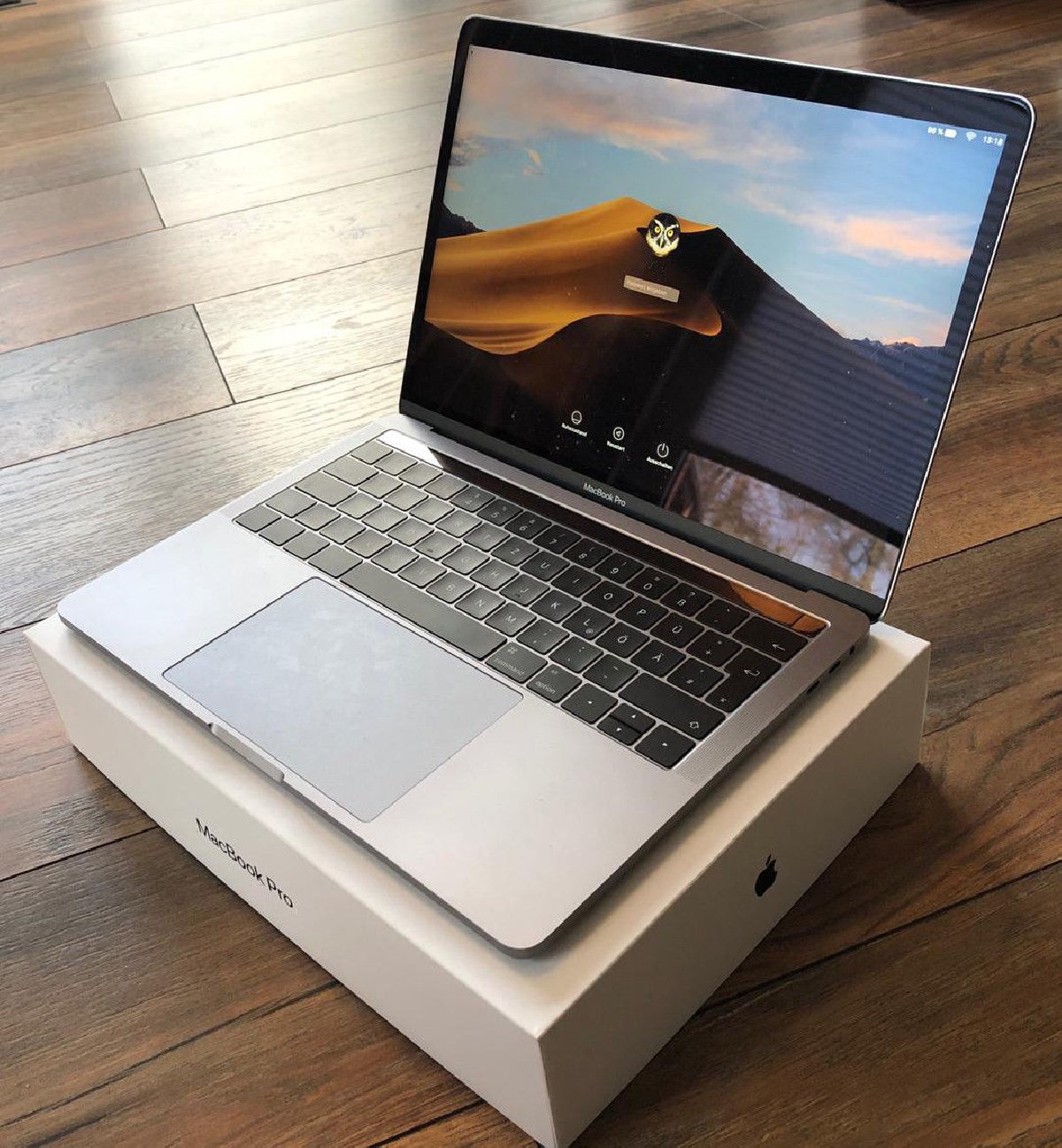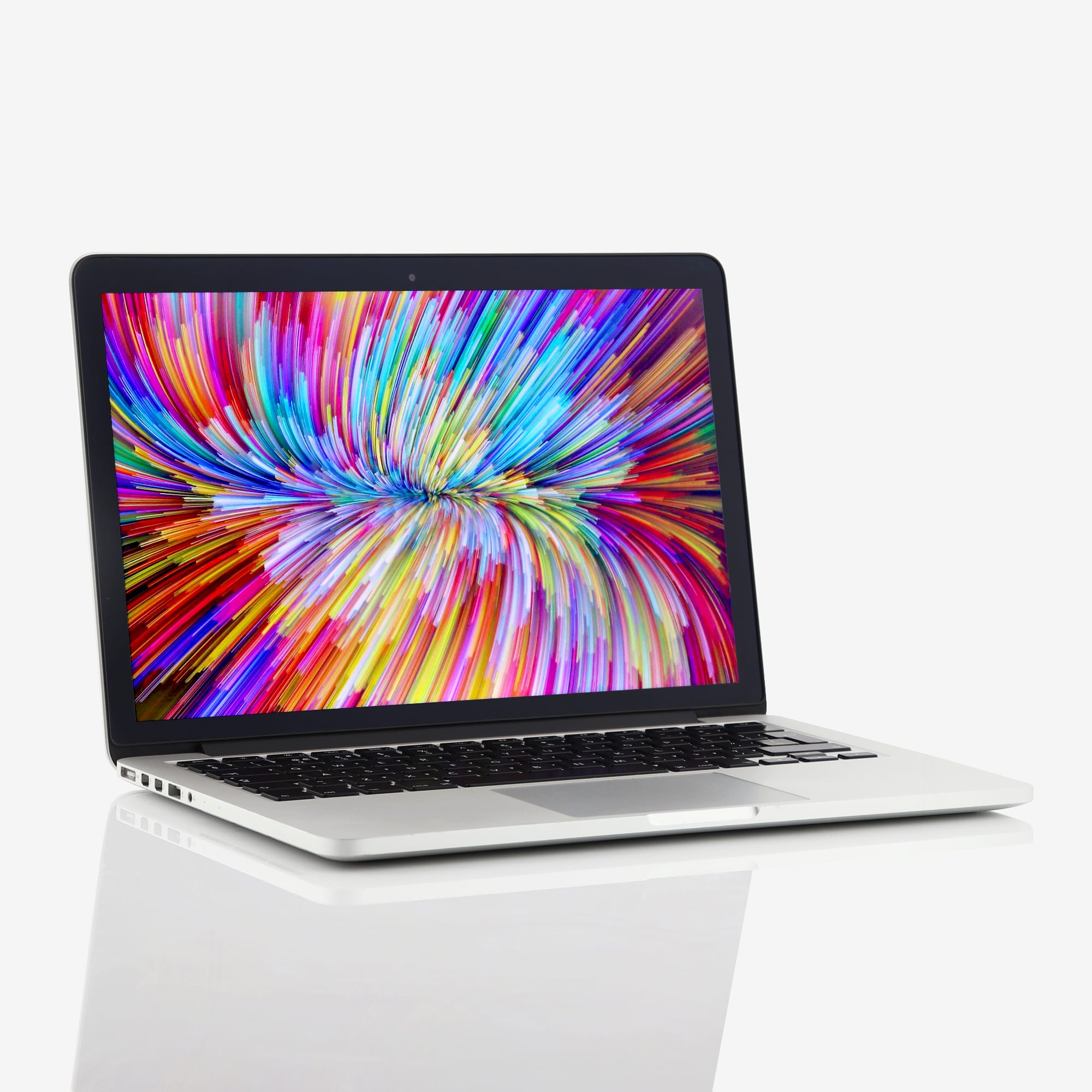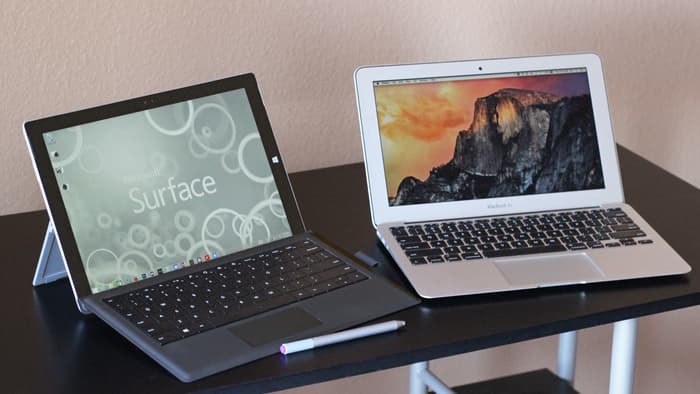

There is one called "Blueharvest" which was recommended, but it is paid after 30 days.ģ. It appeared you did not want to use Terminal, but I see you have now done so.Ģ. I found a number of people complaining about this problem, but no obvious low-tech solution. Anyhow, as posted, it's because the Mac is writing the hidden resource fork files to the USB drive because it is formatted in a non-Mac format. I'm not sure if I ran into this problem or not. I've copied files from my Mac to a flash drive to play in my car stereo. I spent some time last night exploring this. Here's one case in which a Windows computer is highly superior to a Mac. Really outrageous, IMO and Apple should do something about this. Many cars don't come with a CD player anymore so it's the only way to listen to your CD music in the car. Major problem when trying to burn music files to a flash stick so you can play in a car or elsewhere. I can't believe this hasn't been a big issue for Mac users and there isn't more information about it out there. When the flash is read on a Windows computer they do become visible and can be deleted. If they aren't deleted you end up with a bunch of unplayable files on the flash which louses things up when you plug the stick into a device to play the mp3s. They are invisible on the Mac and there seems to be no way to make them visible so they can be deleted.

A google search reveals that these pesky things are indeed the problem whenever copying music files from a CD to a flash drive using iTunes. Thanks for this info about "resource forks". You can remove them from the USB drive connected to your Mac using the command line in Terminal. They begin with "._” You can see them on your mac if you set it to display hidden files.

The “ghost” files are called resource forks.


 0 kommentar(er)
0 kommentar(er)
